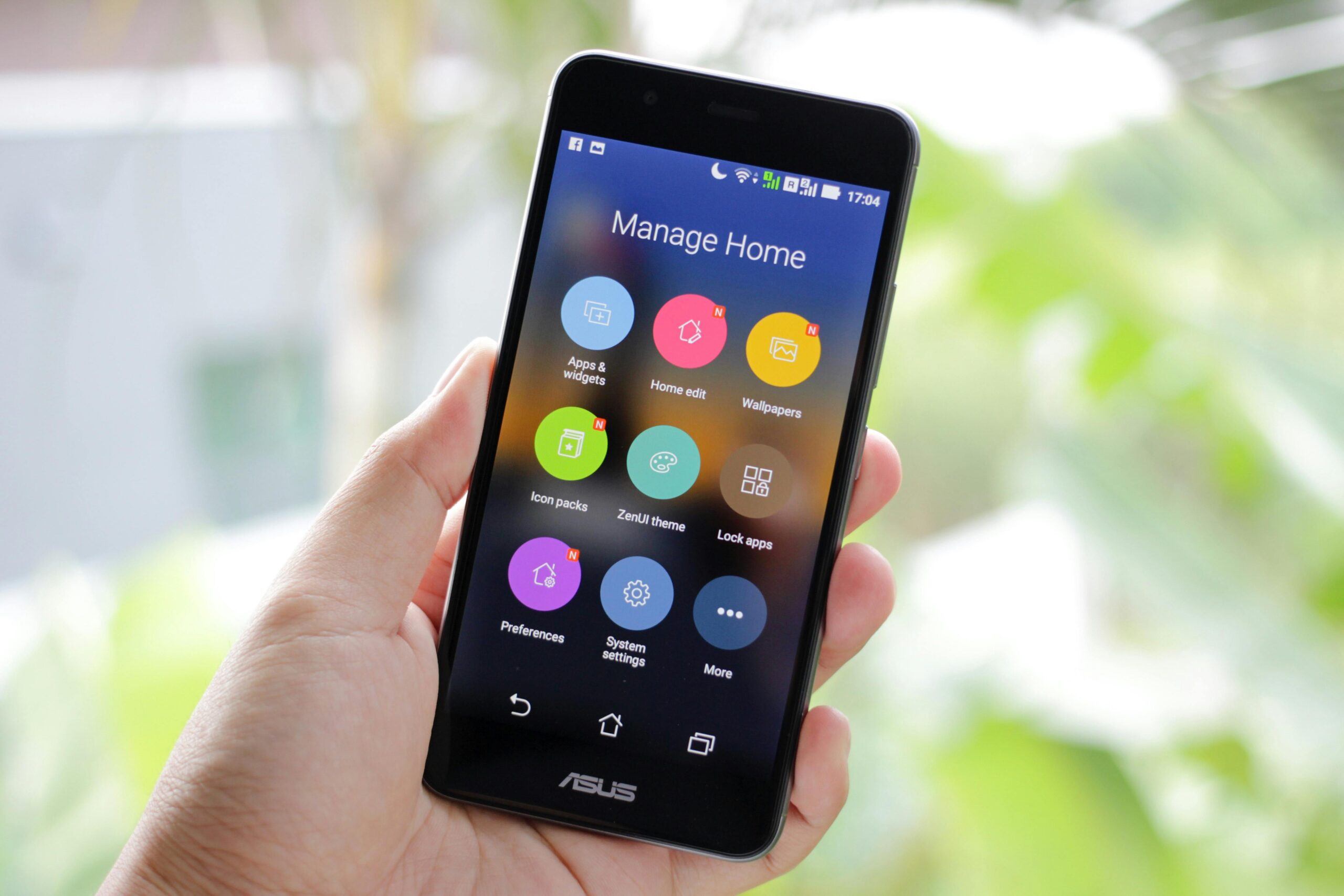The landscape of mobile communication in the UK has undergone a remarkable transformation over the past few decades.
From the early days of bulky, brick-like mobile phones to the sleek smartphones we carry today, the journey has been nothing short of extraordinary. This blog explores the evolution of mobile communication in the UK, the current state of the industry, and what the future might hold for mobile connectivity.
A Brief History of Mobile Communication in the UK
1. Early Days (1980s – 1990s):
The UK’s journey into mobile communication began in the early 1980s with the introduction of the first generation of mobile networks, known as 1G. These early systems were analog and primarily used for voice calls. Mobile phones from this era were large and expensive, and the service was relatively limited.
2. The Rise of 2G (1990s – 2000s):
The 1990s saw the advent of 2G networks, which marked a significant leap forward with the introduction of digital technology. This generation brought with it SMS (Short Message Service), which quickly became a popular way to communicate. The rollout of 2G networks also made mobile phones more accessible to the general public.
3. The Advent of 3G (2000s – 2010s):
3G technology revolutionized mobile communication by providing faster data speeds and enabling mobile internet access. This era saw the emergence of smartphones, which offered internet browsing, email, and multimedia capabilities. The ability to access online services on the go transformed how people interacted with technology.
4. The Era of 4G (2010s – Present):
4G LTE (Long-Term Evolution) brought even faster data speeds and improved network efficiency. This generation of mobile technology enabled high-definition video streaming, advanced gaming, and seamless video calls. The introduction of 4G also saw a surge in the use of apps and mobile services, further integrating mobile technology into everyday life.
The Current State of Mobile Communication in the UK
1. Widespread 4G Coverage:
As of now, the UK enjoys extensive 4G coverage, with most urban and suburban areas having access to high-speed mobile internet. Major cities and towns are well-covered, and rural areas are gradually being included in network expansions. This widespread 4G access has facilitated the growth of mobile services and applications.
2. The Rollout of 5G:
The introduction of 5G represents the next significant leap in mobile communication. Launched in the UK in 2019, 5G technology promises ultra-fast data speeds, low latency, and increased network capacity. Major cities like London, Manchester, and Birmingham have seen the rollout of 5G networks, and expansion continues. 5G is expected to support emerging technologies such as the Internet of Things (IoT), autonomous vehicles, and smart cities.
3. Mobile Operators and Competition:
The UK mobile market is highly competitive, with major operators including EE, Vodafone, O2, and Three. These companies offer a range of plans and services, including pay-as-you-go, contract, and SIM-only options. The competition among operators drives innovation and keeps prices competitive, benefiting consumers.
4. Innovations in Mobile Technology:
Recent innovations include advancements in mobile payments, augmented reality (AR), and the integration of AI into mobile services. Contactless payments have become mainstream, and AR apps are enhancing user experiences across various sectors, from retail to education.
The Future of Mobile Communication in the UK
1. Expansion of 5G Networks:
As 5G technology continues to mature, we can expect to see more widespread coverage across the UK. The focus will likely shift towards enhancing network capacity, reducing latency further, and integrating 5G with emerging technologies. This will drive innovations in areas such as healthcare, transportation, and smart infrastructure.
2. Introduction of 6G:
While 5G is still in its early stages, research and development into 6G technology are already underway. 6G is expected to offer even faster data speeds, greater network efficiency, and new applications that could revolutionize how we interact with technology. Although widespread adoption is still years away, the groundwork for 6G is being laid.
3. Sustainability and Green Technology:
The mobile industry is increasingly focusing on sustainability. Operators are investing in green technologies and practices to reduce their environmental impact. This includes the adoption of renewable energy sources, energy-efficient network equipment, and initiatives to minimize electronic waste.
4. Enhanced User Experiences:
Future advancements in mobile communication will likely focus on enhancing user experiences. This could include more immersive AR and VR experiences, improved AI-driven services, and innovations in mobile health and wellness applications. As technology continues to evolve, the possibilities for enhancing our daily lives through mobile communication are virtually limitless.
Conclusion
The evolution of mobile communication in the UK has been a journey marked by rapid technological advancements and growing connectivity. From the early days of 1G to the cutting-edge capabilities of 5G, mobile technology has continually transformed how we communicate, work, and live. As we look to the future, the continued expansion of 5G, the development of 6G, and a focus on sustainability will shape the next chapter in the story of mobile communication. For consumers and businesses alike, staying informed about these developments will be key to harnessing the full potential of mobile technology in the years to come.
